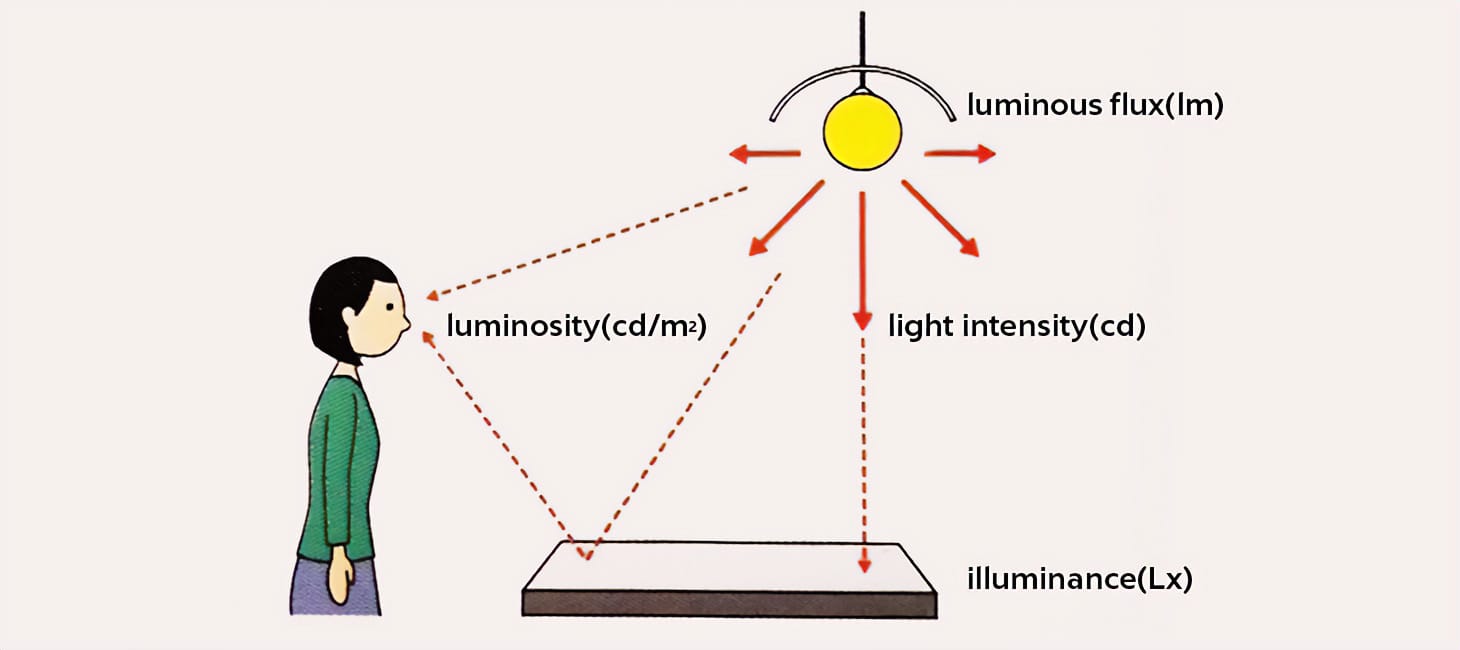Contents

Source: YouTube
<>
Luminous Intensity in Photometry
Luminous intensity is a crucial quantity in photometry used to describe a light source. It represents the amount of visible light emitted in a particular direction. This measurement takes into consideration the spectral sensitivity of the human eye, particularly under normal lighting conditions for color vision.
Definition and Units
The luminous intensity is defined as the luminous flux per unit solid angle. The SI unit for luminous intensity is the candela (cd), which is equivalent to lumens per steradian (lm/sr). To put it into perspective, one candela is approximately the luminous intensity of a standard candle.
Relation to Visual Brightness
It’s important to note that the visual brightness of a light source is not solely determined by its luminous intensity. Factors such as luminance (brightness perceived by the eye) and the size of the light source also play a significant role in how bright a light appears to an observer.
Uniform Omnidirectional Emission
In scenarios where the luminous intensity remains constant in all directions (uniform omnidirectional emission), it is calculated as the total luminous flux divided by the solid angle. If the light emission is constrained to a smaller solid angle, such as by using reflectors, the luminous intensity can increase for the same luminous flux. The distance from the light source does not affect the luminous intensity in cases of uniform omnidirectional emission.
Unlike irradiance, which diminishes with the square of the distance from the source, luminous intensity remains constant regardless of distance in such cases.
Conclusion
Understanding luminous intensity is essential in evaluating the brightness and visual impact of light sources. By grasping this photometric quantity, one can make informed decisions when designing lighting systems or assessing the visual comfort of illuminated environments.

Source: Alcon Lighting
Feel free to comment your thoughts.



